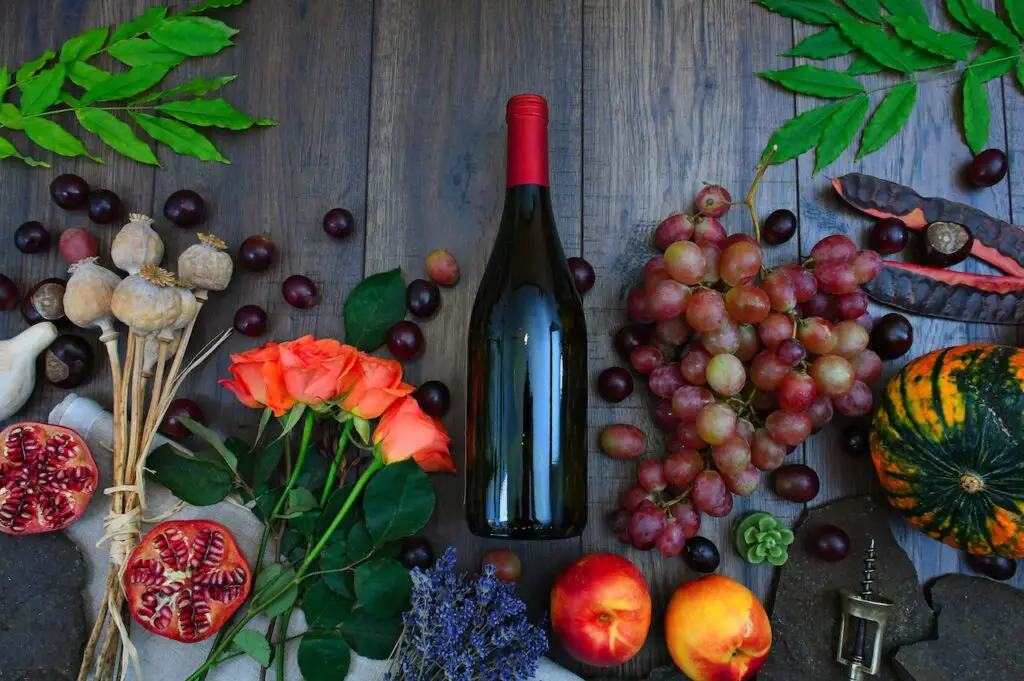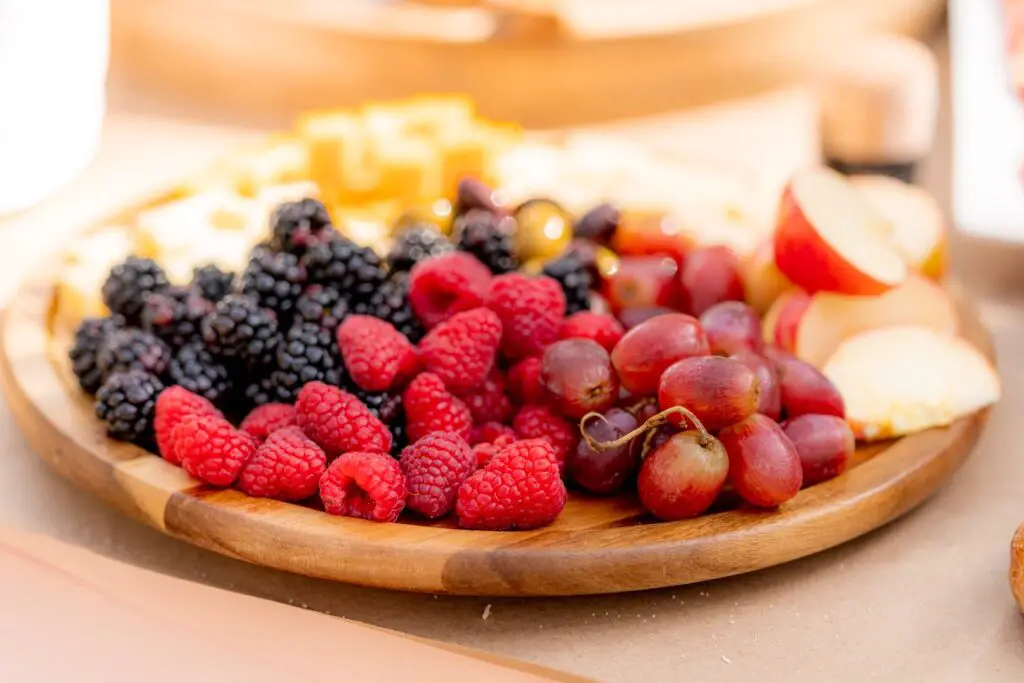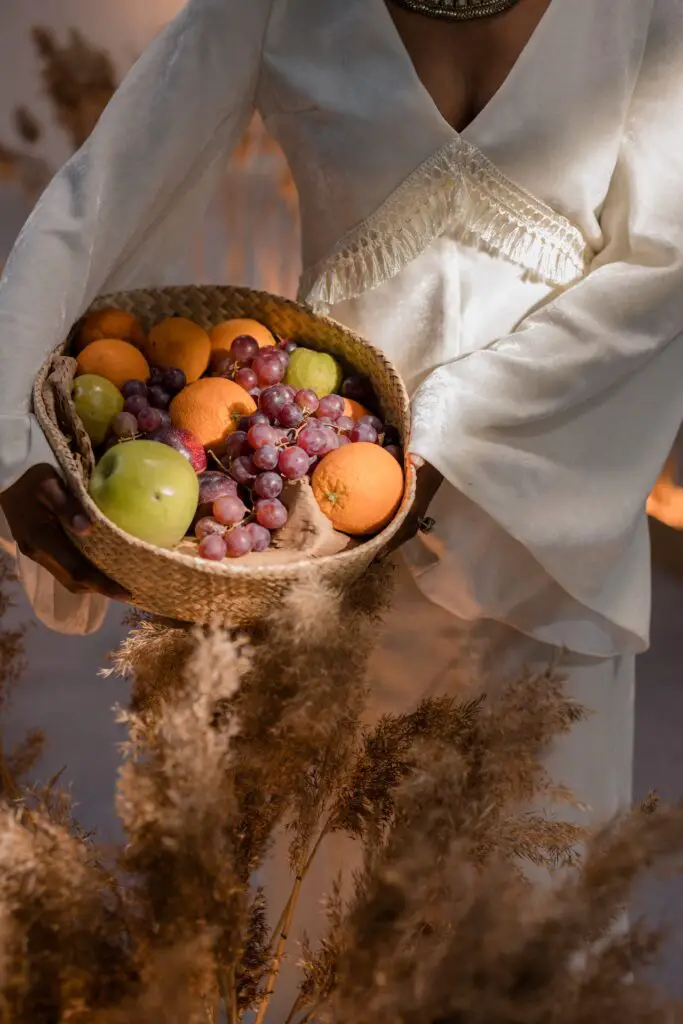If you buy something through a link in our posts, we may get a small share of the sale.
Brewers have been using fruits for brewing beer for centuries. Fruits can be used in many ways during brewing, from adding flavor and aroma to providing essential sugars needed for fermentation. Therefore, understanding how to ferment fruit into alcohol is a crucial skill for any amateur or professional brewer.
Contents
How to Ferment Fruit Into Alcohol
To ferment fruit into alcohol, select a fruit of your choice. It could be any fruit, such as apples, grapes, strawberries, or raspberries. The next step is to clean the fruit thoroughly and cut it into small pieces. You can decide whether to smash the fruit or not; smashing the fruit will help release the juices and make the fermenting process faster.

Once you have smashed the fruits, add some sugar in equal proportion to the amount of fruit you have. For example, if you have two cups of fruit, add two cups of sugar. You can use any sugar, such as cane sugar, brown sugar, or honey. Next, add hot water to the mixture and let it cool to 70 degrees Fahrenheit.
Now, it’s time to add yeast to the mixture. You can use any type of yeast, such as brewer’s yeast; however, ensure it is active and alive. Once you’ve added the yeast, cover the mixture in a tight-fitting lid and let it sit for 3-5 days in a warm place of at least 70 degrees Fahrenheit. After a week, the fermentation process will be complete, and you can bottle the alcohol and enjoy it.
Detailed Steps on How to Ferment Fruit Into Alcohol
Making alcohol with fruits requires attention and steps followed correctly to achieve the best results. You don’t want to end up with a batch of alcohol that doesn’t taste good or is undrinkable. Therefore, I’ve put together a detailed guide on how to do this process. Follow these steps, and you’ll be sure to make a delicious batch of homemade alcohol.
Step 1: Gather the Supplies
The first step is gathering all the supplies you’ll need to ferment this type of alcohol. This will give you an idea of what you need and help you plan ahead. Here’s a list of everything you’ll need:
- Fruit of your choice. This can be any fruit, such as grapes, apples, berries, or cherries. Ensure it is ripe enough to eat, as overripe fruit will not ferment well.
- Sugar. You’ll need sugar to feed the yeast and help it convert the fruit’s natural sugars into alcohol.
- Hot water. This is used to dissolve the sugar and ensure the yeast is activated.
- Yeast. You can use any type of yeast, such as baker’s or brewer’s. Make sure it is active and alive.
- Airtight container. This is used to ferment the fruit and alcohol mixture. It should be large enough to hold all the ingredients with some headspace.
- Cheesecloth or coffee filter. This is used to strain the solids from the liquid.
- A Thermometer to help monitor the temperature.
- A measuring cup and spoon. This will help you measure the ingredients accurately.
Step 2: Prepare the Fruit
Fruit is the main ingredient in this process, so it’s important to choose ripe fruit that is ready to eat. If the fruit is overripe, it will not ferment well. Once you’ve selected the fruit, give it a good wash to remove any dirt or pesticides.

Next, cut the fruit into small pieces. You can decide whether to leave the skin on or not. If you’re using grapes, you’ll need to remove the stems. If you’re using berries, you can leave them whole. The main goal is to cut the fruit into small pieces to release the juices. This way, the yeast will have an easier time fermenting the sugars into alcohol.
Step 3: Add the Sugar
Once you’ve prepared the fruit, it’s time to add sugar. You can use any type of sugar, such as white sugar, brown sugar, or honey. If in case you are making mead, it is good to use honey as it will give the final product a distinct flavor.
The sugar should be added in the same proportion as the fruit. For example, if you have 1 pound of grapes, you would add 1 pound of sugar. If you’re using 2 pounds of apples, you would add 2 pounds of sugar. The goal is to have a 1:1 ratio of fruit to sugar. You will have enough sugar to feed the yeast and produce alcohol.
Step 4: Add Water and Yeast
To the sugar and fruit mixture, add hot water. The water should be hot enough to dissolve the sugar so the yeast can feed on it. Next, cool the mixture down to 70 degrees Fahrenheit before adding the yeast. This is the ideal temperature for fermentation.
If the mixture is too hot, it will kill the yeast. If it’s too cold, the yeast will be dormant and unable to convert the sugars into alcohol. Add yeast while stirring the mixture. It is essential to use a fresh batch of yeast that is alive and active. This will ensure that fermentation occurs and that you end up with a batch of delicious alcohol.
Step 5: Ferment the Mixture
Now that the mixture is complete, it’s time to ferment it. To do this, pour the mixture into a fermenting vessel, such as a glass jar or ceramic crock. The vessel should be airtight so that no oxygen can get in. This is important because oxygen will kill the yeast and prevent fermentation from occurring.
Once the mixture is in the vessel, cover it with a cheesecloth or coffee filter. This will allow the mixture to breathe while preserving fruit flies and other contaminants. Let the mixture sit at room temperature for 2-3 weeks so that fermentation can occur.
During this time, you will see bubbles forming on the surface of the mixture. This is a good sign that fermentation is happening. You may also see foam forming on top of the mixture. This is called kraeusen and is expected during fermentation. Monitor the temperature to ensure it stays between 70-80 degrees Fahrenheit.
Step 6: Strain the Mixture
After 2-3 weeks, the fermentation will be complete. At this point, you will need to strain the mixture to remove the solids. To do this, set up a strainer with a cheesecloth or coffee filter. Pour the mixture into the strainer and let it drain.
Once all of the liquid has been strained, transfer it to a clean vessel. This could be a glass jar, ceramic crock, or plastic container. The beer is now ready to bottle and enjoy. Be sure to refrigerate it so that it doesn’t spoil. There you have it! You’ve successfully fermented fruit into alcohol. Enjoy your homemade brew!

Frequently Asked Questions
Can You Make Alcohol From All Fruits?
Yes, you can! Almost any fruit can be used to make alcohol. However, some fruits are better suited for fermentation than others. Grapes, apples, and berries are all great options for fermentation.
What Happens if You Don’t Strain the Mixture?
If you don’t strain the mixture, you will end up with a batch of fruit wine. This is because the solids will remain in the mixture, giving it a cloudy appearance. It is still safe to drink; however, it may not taste as good as it could.
Conclusion
Making alcohol from fruit is a fun and rewarding process. It’s also a great way to use up any extra fruit you may have lying around. If you do it correctly, you will have a batch of delicious fruit, wine, or beer that you can enjoy for weeks.

